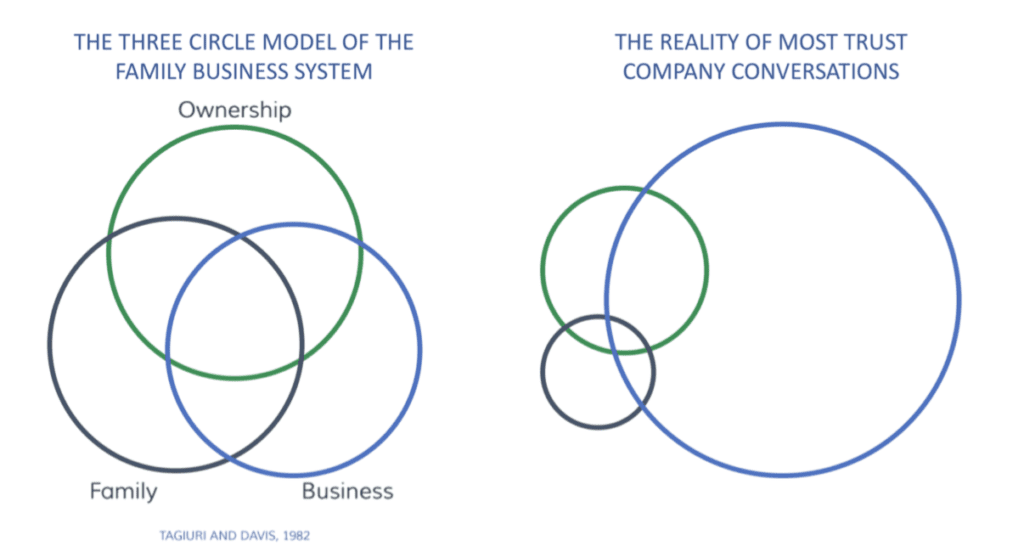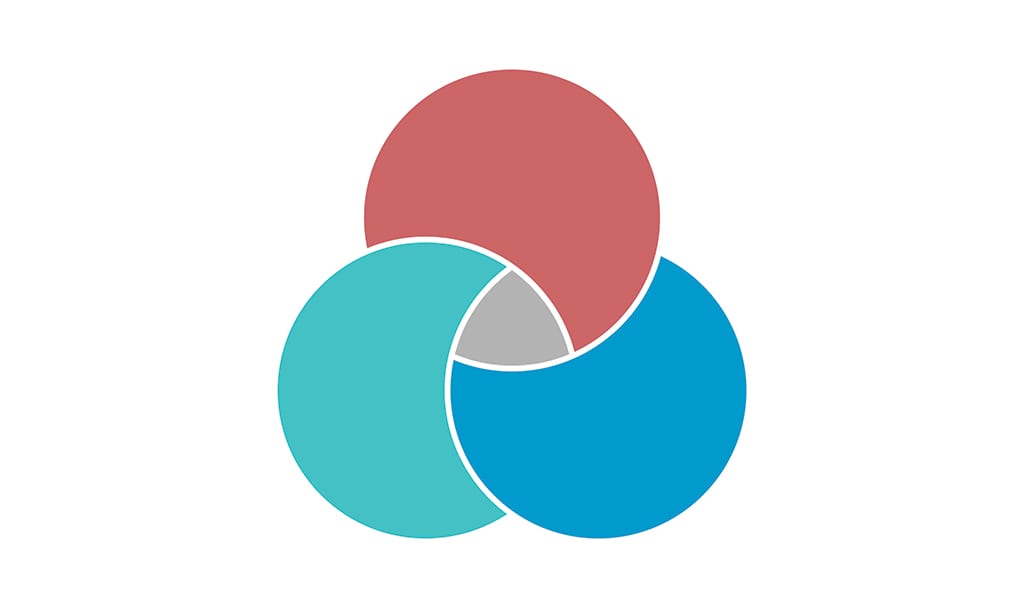A trust is an ownership vehicle; a trustee operates as the functional owner of the assets and invests those assets for the benefit of the beneficiaries. In addition, however, a trustee must fulfill the distributive function: making the assets available to the beneficiaries appropriately (under the terms of the trust documents) for their use. A private trust company (PTC) has the advantage (over an individual or traditional corporate trustee) that it is focused exclusively on the well-being of one particular family. It can therefore really come to know the needs and interests of that family and tailor not only its investment strategy to those preferences but also its approach to distribution. Increasingly, PTCs are broadening from having a “Distribution Committee” to having a “Beneficiary Relations” or “Beneficiary Well-Being” committee—a group focused on the health, education, and well-being of the beneficiaries broadly. Such committees are shifting the relevant question from “do any beneficiaries need funds?” to “is there anything we can be doing to improve the lives and well-being of the beneficiaries?”

The reality of most PTC Board meetings, however, is that they are often consumed by discussion of the family’s investments—the “business” circle of John Davis’s well-known “three circle model.” Very little, if any, of the Board’s time is typically spent on the distribution function or on beneficiary relations more broadly. Yet we know that PTCs (and multi-generational families) fail not because of investment failures, but because of family failures. The greatest risks to a multi-generational family’s welfare come from its own lack of education, communication, and decision-making ability, not from shocks in the stock market.
To counter the normal tendency, some trust companies have adopted two related practices or exercises:
- The Beneficiary Check-In: Some Boards take time at each Board meeting—or, at least, once or twice a year—to have the family members in the room (if there are family members present) run through all of their children (or grandchildren) and describe how each family member is doing. What is each child up to? What issues are they facing? How are they doing? Are there any concerns? If parents from each branch of a family are present, this is a quick way for the Board to be updated about the family’s members at large and to remember that the Board’s ultimate responsibility is not to a set of financial assets but to a group of human beings.
- The Repeated Question: Another exercise is to ask the same question to the Board at each meeting: Is there anything we could be doing to promote the well-being of the beneficiaries that we are not yet doing? (Or some variation on this question.) Again, the purpose of such a question—and of repeating it on each Board agenda at each meeting—is to focus the Board’s conversation on the human dimension of the PTC’s work. The goal is to broaden the Board’s focus on the “family circle” in the three-circle model so that at least a third—and perhaps more—of the Board’s discussion is on the well-being of the trusts’ beneficiaries rather than on the well-being of the trusts’ financial capital.

